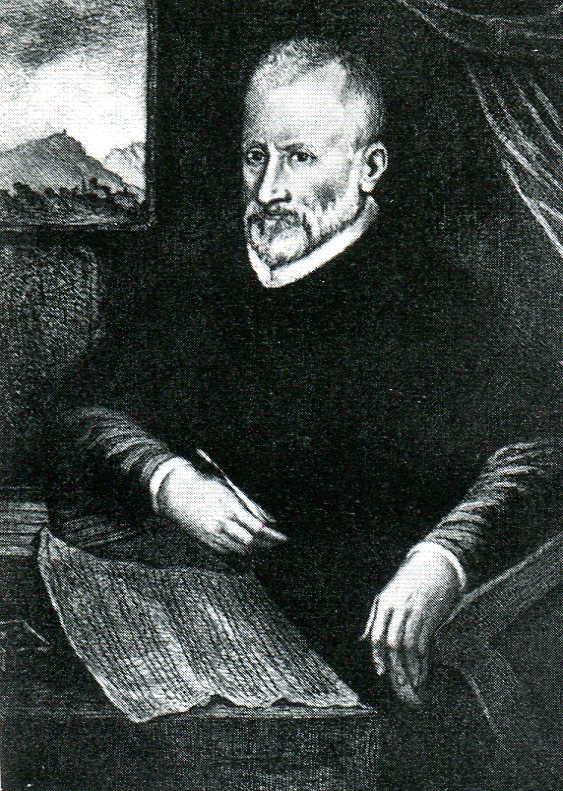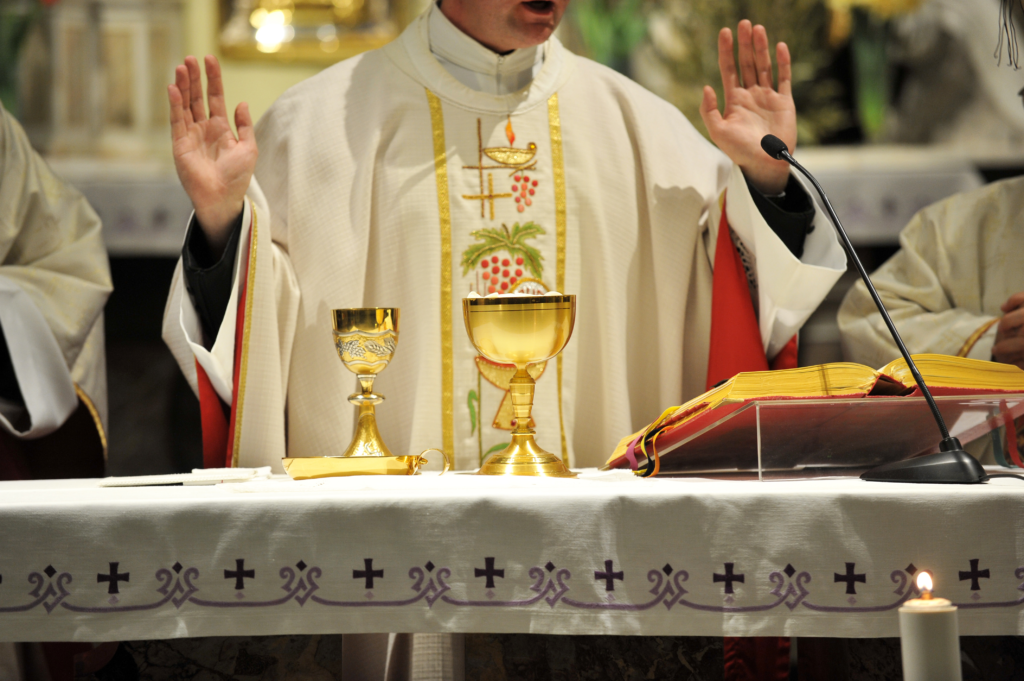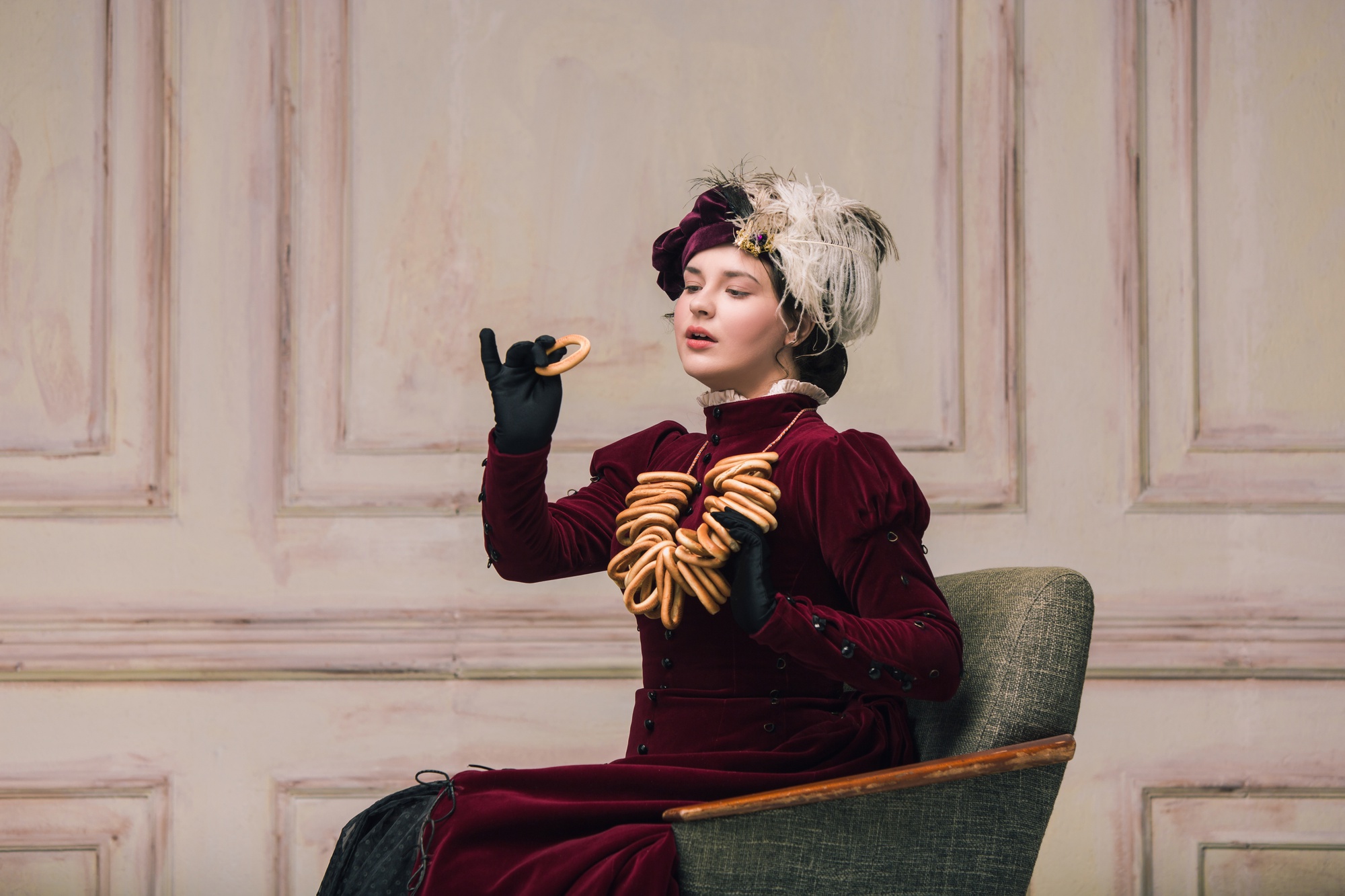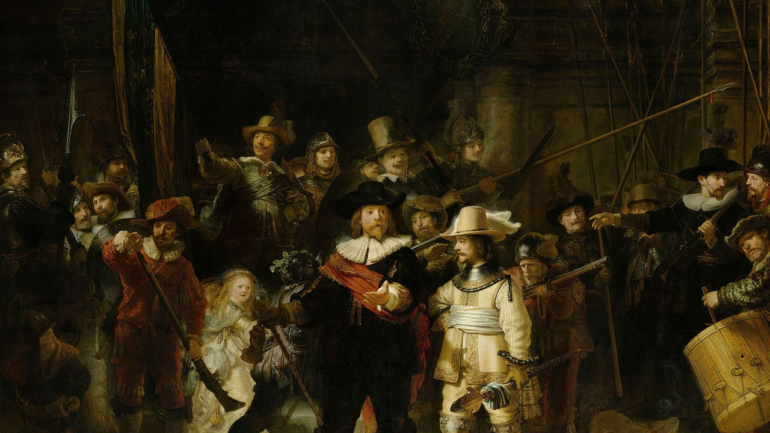We will divide the content into two parts to give you an in-depth look at music during the Renaissance. Today’s focus is on the musician Palestrina.
Outstanding Renaissance Composer: Palestrina
- Giovanni Pierluigi da Palestrina (1525–1594) was one of the most distinguished composers of the Renaissance. His works played a pivotal role in the development of Catholic church music, significantly refining the genre of the Mass and bringing Renaissance polyphonic music to a new level of maturity.
- Palestrina, whose full name was Giovanni Pierluigi da Palestrina, was an Italian composer of the Renaissance. His surname derives from the town of Palestrina near Rome, where he was born. He composed a vast number of works, primarily vocal pieces, contributing immensely to the development of musical art during the Renaissance, a period when music was not yet systematically developed.
- A significant portion of Palestrina’s compositions consists of Masses, and he was instrumental in advancing this musical form. The Mass is one of the earliest forms of Western classical music, written for the religious ritual of the Catholic Mass, which commemorates and reenacts the Last Supper of Jesus. To enhance the sacredness of the ceremony, the Mass form of music emerged.
- In the era of classical music, Masses are typically performed with orchestral accompaniment for choirs. However, during the Renaissance, they were entirely a cappella, featuring pure vocal performances. Palestrina’s Pope Marcellus Mass is considered a masterpiece of the peak period of unaccompanied choral music. At the time, Masses were composed in Latin and began to follow standardized formats.
- The fixed structure of the Mass generally consists of five parts:
- Kyrie: Expressing God’s mercy and compassion.
- Gloria: Praising God’s glory.
- Credo: Affirming the faith of believers.
- Sanctus: Honoring God’s holiness.
- Agnus Dei: Extolling Jesus’ spirit of self-sacrifice for God. Based on these five parts, composers would occasionally add smaller sections depending on the context.
- Another significant contribution of Palestrina was the advancement of polyphonic music, making the polyphonic system more mature. For instance, the Ghent Altarpiece by Flemish painter Jan van Eyck depicts choirboys with different mouth shapes, suggesting the presence of polyphony at the time. Palestrina’s works brought polyphonic music to a higher level of sophistication. Polyphonic music involves multiple independent melodies woven together using compositional techniques. In polyphony, no single part dominates; the voices are relatively equal, creating a rich and dynamic musical texture.
- The canon is a well-known form of polyphonic music, not the title of a specific piece. Its uniqueness lies in the identical music played by each voice part, but at staggered intervals, as if one melody is continuously chasing another. The most famous example of a canon is Johann Pachelbel’s Canon in D Major.
- If you ask a violinist to play a canon solo, it shows a misunderstanding. Pachelbel’s Canon in D Major requires three violins, each starting at a different time, separated by two measures. For instance, after the first violin plays for two measures, the second violin begins, so the third measure of the first part coincides with the first measure of the second part. Similarly, when the first part reaches the fifth measure, the third violin enters. These overlapping identical melodies create harmonious and beautiful new chords.

Portrait of Palestrina

The Catholic Mass Ceremony
Tips
Why Are French and Italian Cuisines So Delicious?
French and Italian cuisines are renowned for their exquisite flavors, and their wines are celebrated worldwide. In contrast, German and British culinary traditions are less distinguished. The reason lies in their religious and cultural backgrounds: France and Italy are predominantly Catholic countries, whereas Germany and Britain are Protestant regions.
In Catholic tradition, the Mass ceremony holds great significance, including the Eucharist, where bread and wine are consumed. As Catholicism places a strong emphasis on rituals, great importance is attached to wine, symbolizing the blood of Jesus. This focus on the quality of wine and ceremonial food has naturally extended to their culinary traditions, resulting in exceptionally delicious cuisine.
Even today, some of the finest and most expensive wines are produced in monasteries. For example, the wine from the Romanée-Conti monastery is so exclusive that it cannot be purchased directly but must be acquired through auctions.


